



















Biosurfactants are metabolites produced by microorganisms which have potential capabilities in various industries due to abundant beneficial properties. In spite of great advantages, commercial utilization of biosurfactants especially in food industry and pharmaceuticals are limited for the reasons of technical and commercial such as low yield, high production cost, and the type of producing strain. Majority of biosurfactant producer microorganisms have ever evaluated, are pathogenic strains which are not acceptable in industrial and environmental utilization particularly in health and cosmetics, pharmaceuticals and food industries. However, the present study aims to investigate high production of cell-bound biosurfactant by lactic acid bacterium Lactobacillus plantarum through optimization of the main carbon source of specific culture medium. Therefore, three culture media with different amount of glucose were evaluated for biomass and biosurfactant (by surface tension reduction of phosphate buffered saline) production in shake flasks and bioreactor (controlled temperature, pH and agitating speed). The results from both shake flasks fermentation and bioreactor showed the maximum biomass concentration of 3.9 and 4.17 g/L, the minimum surface tension of 41.17 and 40.48 mN/m and subsequently the maximum biosurfactant production in culture medium including 30 g/L of glucose, respectively. Furthermore, fourier transform infrared spectroscopy analysis indicated the biosurfactants are structurally a mixture of protein, polysaccharide and possibly phosphate group, possessing glycoprotein structure.
| Rights and permissions | |
 |
This work is licensed under a Creative Commons Attribution-NonCommercial 4.0 International License. |